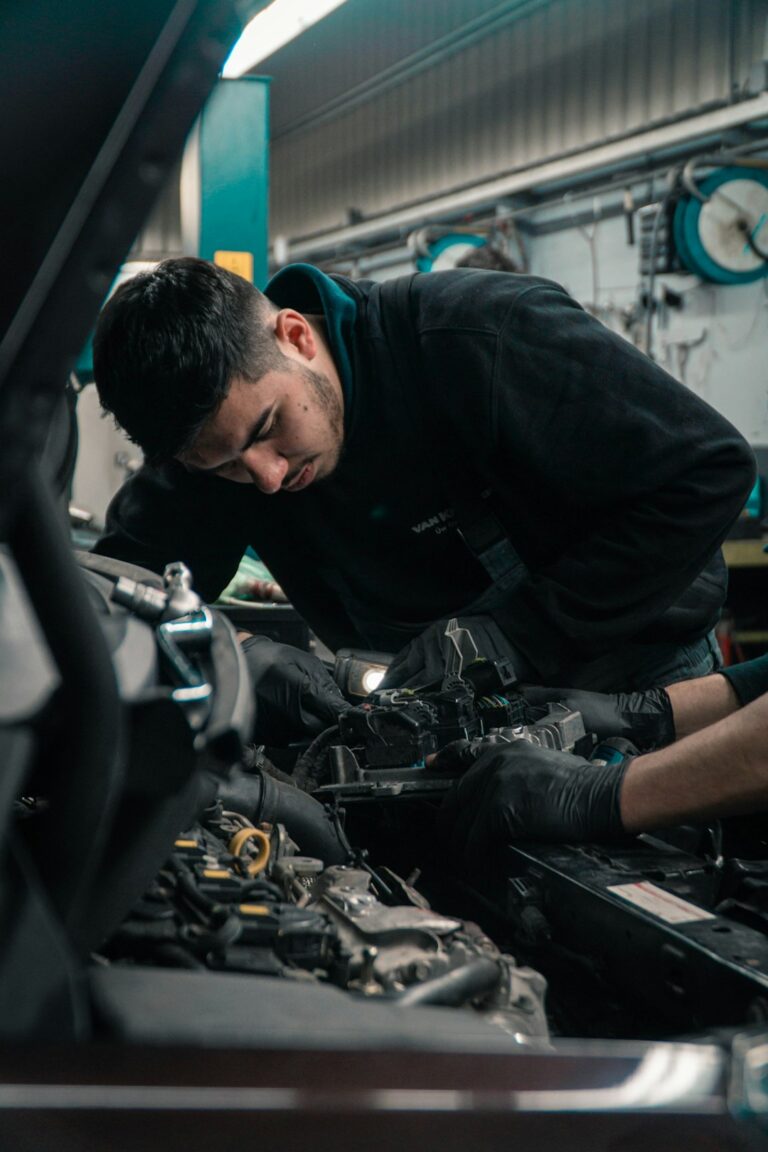Underfloor heating was used even in ancient times and has been found in archaeological finds that discovered stone covered trenches over living and leisure areas in which fires were lit to keep the floors above at acceptable temperatures. The hot fumes from the fires in the trenches heated the stones on the floor and further radiated into the living spaces above.
Modern Underfloor heating uses hot water or electrical elements to produce the needed heat. Both these types of heating tiles can be used as whole-building heating systems or for localized use as in bathrooms. This form of heating is also used for heating of sidewalks, driveways, and landing areas for aircraft. These heating systems, electrical or hydronic can be cast into a concrete floor or placed under whatever covering is used on the floor.
Hydronic systems for underfloor heating use water or mixtures of water and anti-freeze, as water can turn into ice and burst pipes. While copper or steel pipes give the best results in a hydronic heating system, use is also made of polythene pipes. The liquid in these systems where the pipes are laid under the floor that is to be heated, have to receive their heat from boilers and have a pumping system that allows the liquid to circulate. These boilers can also be used to provide hot water for other areas of a home, like kitchens, laundries, or bathrooms. It is important the piping system that is laid under floor be of very high quality and workmanship as any defects in this can lead to the need for costly repairs that can also be very inconvenient for the users fo these heated floors.
The electrical system for under tie heating must have non-corrosive heating elements, as water on floors can seep through and corrode them. These heating elements are flexible and often in the form of pre-formed cable mats that come in specific sizes, and can be joined to each other. These mats can be laid on floors and the tiling than done over them.
There are fewer components in electrical systems of underfloor heating, and the entire system is much easier to install and commission. These underfloor heating systems enhance the feeling of comfort by having warm floors to walk on, and the air above getting slowly heated up due to convection from the heat rising from the floor. Low-temperature floor heating occupies no wall space and there is no danger of getting burnt by accidentally touching radiators or other heaters.













